6. Harakiri (Tatsuya Nakadai – Masaki Kobayashi)
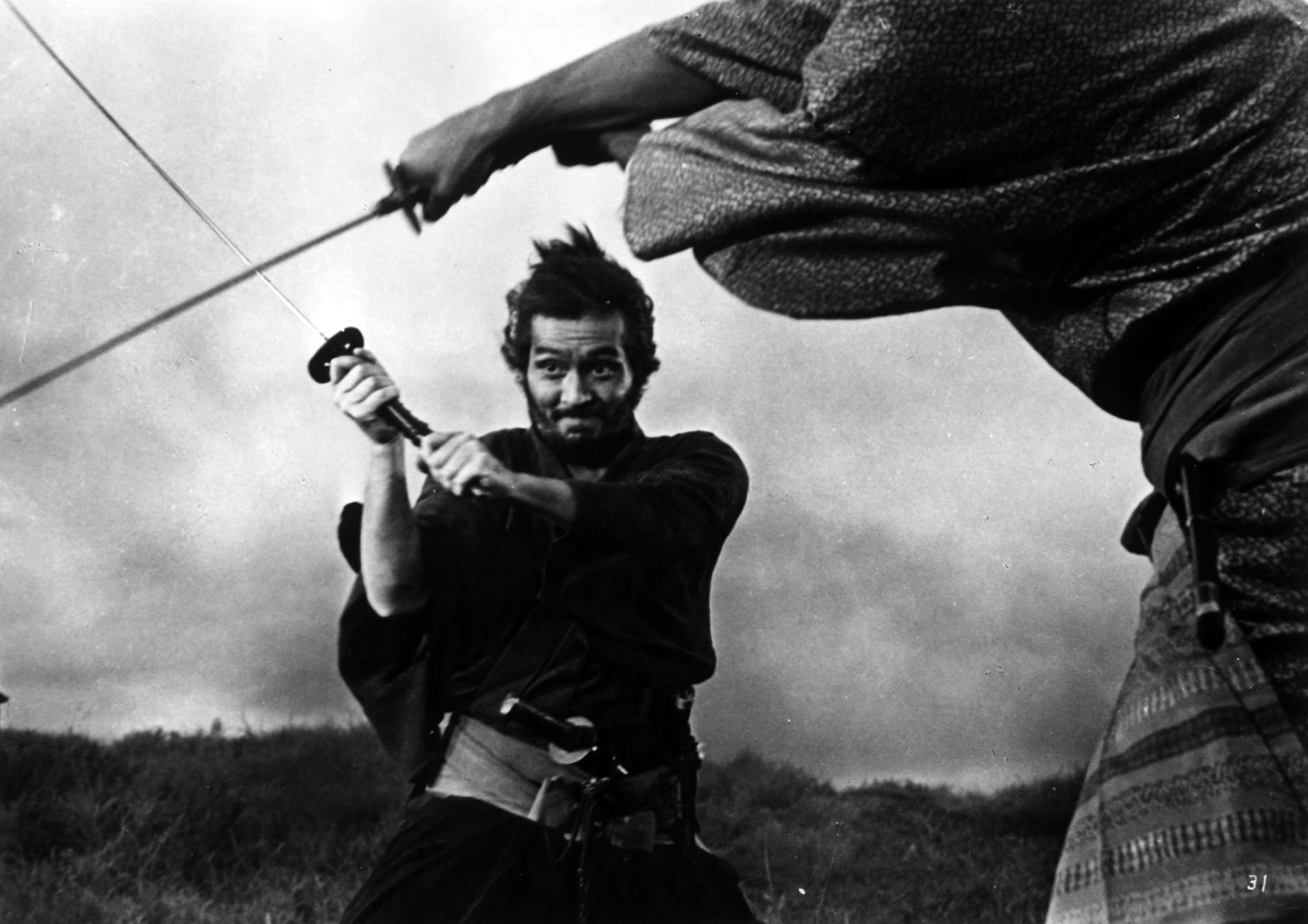
Did they get along? Mostly
The meticulous, beautiful films of Makasi Kobayashi feel just right for an actor like Tatsuya Nakadai. A director with such perfectionist sensibilities deserved a performer with exquisite restraint and class. Whether playing a pacifist in The Human Condition or a swordsman of elite skill in Samurai Rebellion, Nakadai always knew how to hit the right notes.
As a director, no one could provide a more controlled and purposeful environment within which his actors could work than Kobayashi. The result is some of the most impressive films to ever come out of Japan or any other country.
In Harakiri, Nakadai was given the chance to exercise both his cool, formal restraint and his capacity for ferocity as an actor. He plays a seemingly washed up warrior who asks a group of revered samurai to host the event of his ritual suicide. But little do they know that he has a severe lesson to teach all of them before he departs from life. Kobayashi directs an unconventionally brilliant narrative with stealth and patience.
Through the use of flashbacks staged within only a few set pieces, he keeps the audience guessing and never lets up on the tension for a minute. Harakiri deserves to be respected as one of the greatest classic films.
Other memorable collaborations: The Human Condition; Samurai Rebellion; Kwaidan
7. Rear Window (Jimmy Stewart – Alfred Hitchcock)
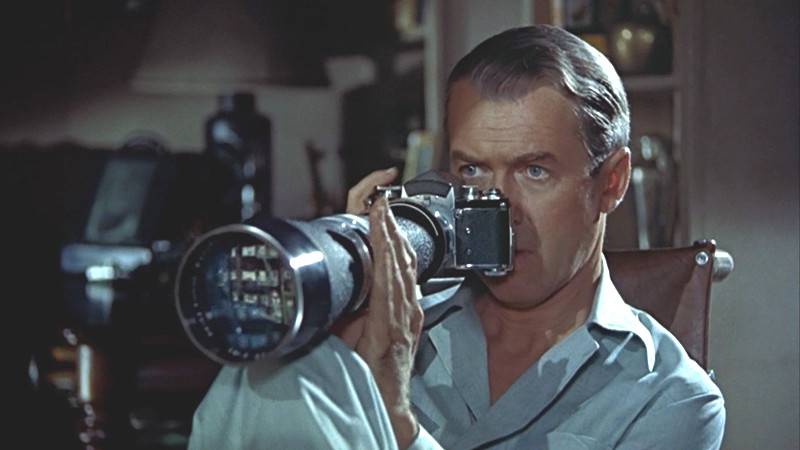
Did they get along? Mostly
The collaboration of Jimmy Stewart and Alfred Hitchcock feels like the most unexpected one on this list. The inimitable, easy-going persona of Stewart felt more at home in a cheery Frank Capra movie than in a macabre Hitchcock film to most people. But there’s no doubt that the pairing worked miraculously. These two quirky, offbeat personalities fell into perfect sync for as long as their collaboration lasted, and left us with some genuine cinematic classics.
In Rear Window, Stewart lends his wholesome personality to the role of an injured, bed-ridden man whose boredom begins to morph into voyeurism. When he thinks he witnesses some strange behavior and a possible crime from one of his neighbors, the tension starts to build. His girlfriend, played by Grace Kelly, has to decide whether to support her man’s wild theories or convince him that his imagination has gotten the better of him. Hitchcock creates a complete universe out of a small neighborhood in Rear Window, and keeps us guessing until the very end.
Other memorable collaborations: Rope; The Man Who Knew Too Much; Vertigo
8. Nosferatu (Klaus Kinski – Werner Herzog)
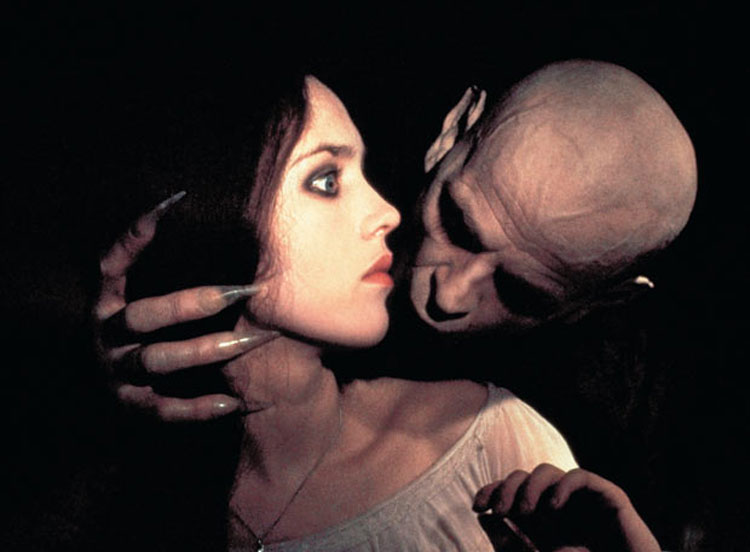
Did they get along? No
These two artsy, unpredictable personalities were a match made in heaven, but often lived out in hell. One of the most legendarily contentious relationships in cinematic history provided in itself enough material for a movie of its own – “My Best Fiend”.
This documentary chronicles the frequently stormy dynamic between the actor Klaus Kinski and the director Werner Herzog, which was as productive as it was stressful. Still, because they barely managed to avoid killing each other (not an exaggeration) they gifted us with a brilliant body of work.
Their film Nosferatu was made in 1979 as a respectful reimagining of the original 1922 silent classic. It succeeds wildly on all fronts, capturing the spirit and story of its prototype while breathing new life into its style with creative new artistic expressions.
Kinski channels his enormous energy into the guardedly sinister role of Nosferatu, with malice and vulnerability simultaneously peeking out from behind the heavy layer of makeup. Herzog reins in some of his more flamboyant artistic tendencies to create an atmosphere that feels both vintage and fresh. Nosferatu is an easy contender for the best vampire movie ever made.
Other memorable collaborations: Aguirre, the Wrath of God; Fitzcarraldo; Cobra Verde
9. The Bridge on the River Kwai (Alec Guinness – David Lean)
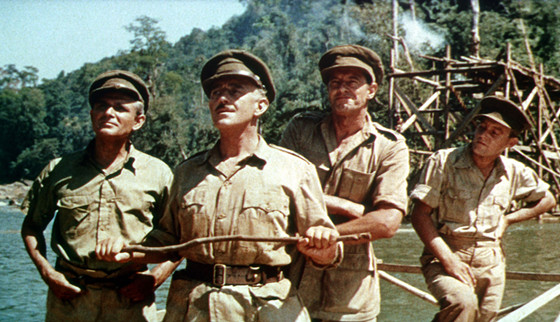
Did they get along? No
Two of the classiest guys to ever set foot on a movie set strangely had a problematic personal relationship. But, consummate gentlemen that they were, they always managed to put their differences aside long enough to create one of the most successful and enduring movie partnerships ever. David Lean made some of the greatest epic films in history, and found in Alec Guinness a worthy representative of the tone of his movies.
In The Bridge on the River Kwai, Alec Guinness showed us that his image as Mr. Cool, Calm, and Collected didn’t prevent him from playing a tough-as-nails soldier. He portrays a British POW colonel overseeing the construction of a bridge by his subordinates for their Japanese captors. But his devotion to duty and decency begin to make his men wonder if he is in fact wandering too far toward collaboration with the enemy. David Lean gives us an exciting film here with equal doses of proper British manners and thrilling excitement.
Other memorable collaborations: Great Expectations; Oliver Twist; Lawrence of Arabia; Doctor Zhivago; A Passage to India
10. La Dolce Vita (Federico Fellini – Marcello Mastroianni)
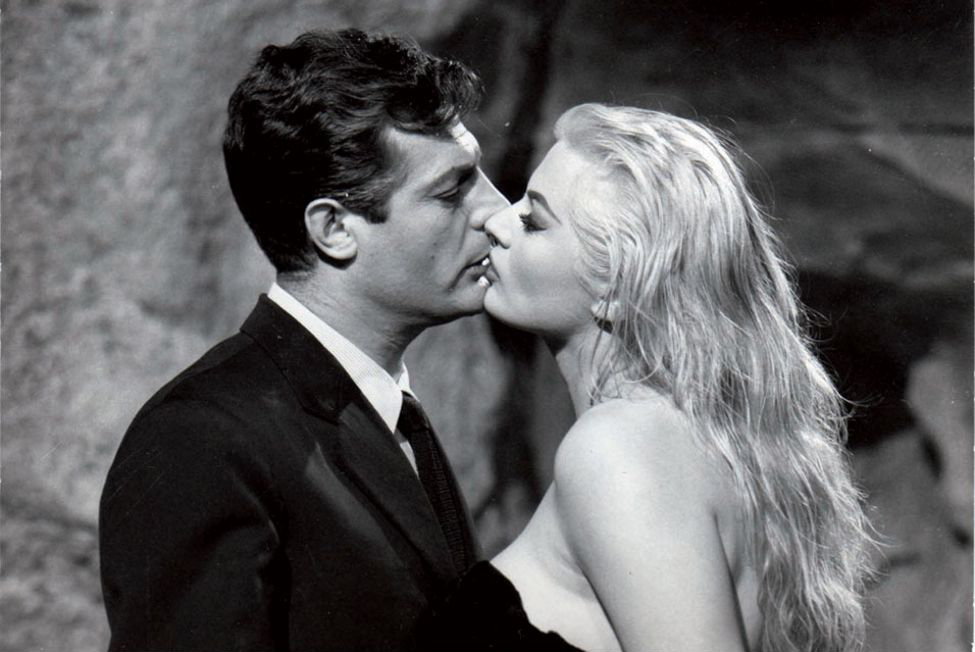
Did they get along? Yes
Federico Fellini’s films often appeared whimsical and apparently superficial, but they always had a lot more going on under the surface. In Marcello Mastroianni he found an ideal avatar for his style of filmmaking. Mastroianni could play a carefree playboy as readily as a troubled genius, and often had to pull off both within the same movie. From all appearances, the two had an excellent working and personal relationship, which is fortunate for Fellini fans as they did some iconic and unforgettable work together.
1960’s La Dolce Vita always springs to mind as one of Fellini and Mastroianni’s most popular movies, and it has the substance to back up its favorable reputation. Mastroianni plays a gossip columnist adrift in the leisure world of high society which he writes about. Though the film is stylistically beautiful and often carefree, Fellini seems to have a character study in mind as he guides us through the story.
As with many honest character studies, the lesson to be learned is not preordained but is rather dependent on the viewer. Whether you come to this film to bathe in its beauty or scrutinize its meaning, La Dolce Vita is a must-see for movie lovers.
Other memorable collaborations: 8 ½; City of Women; Ginger and Fred; Intervista